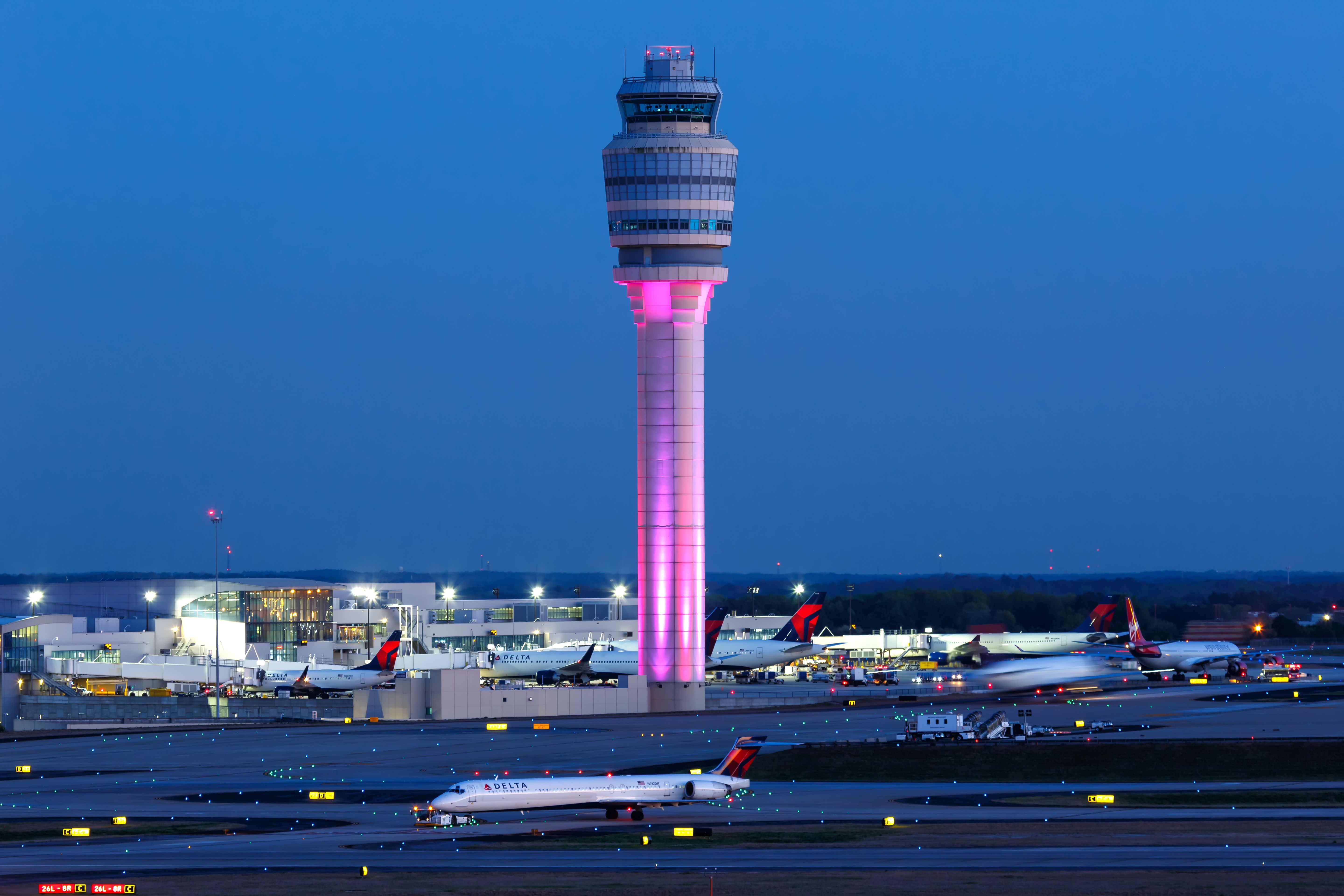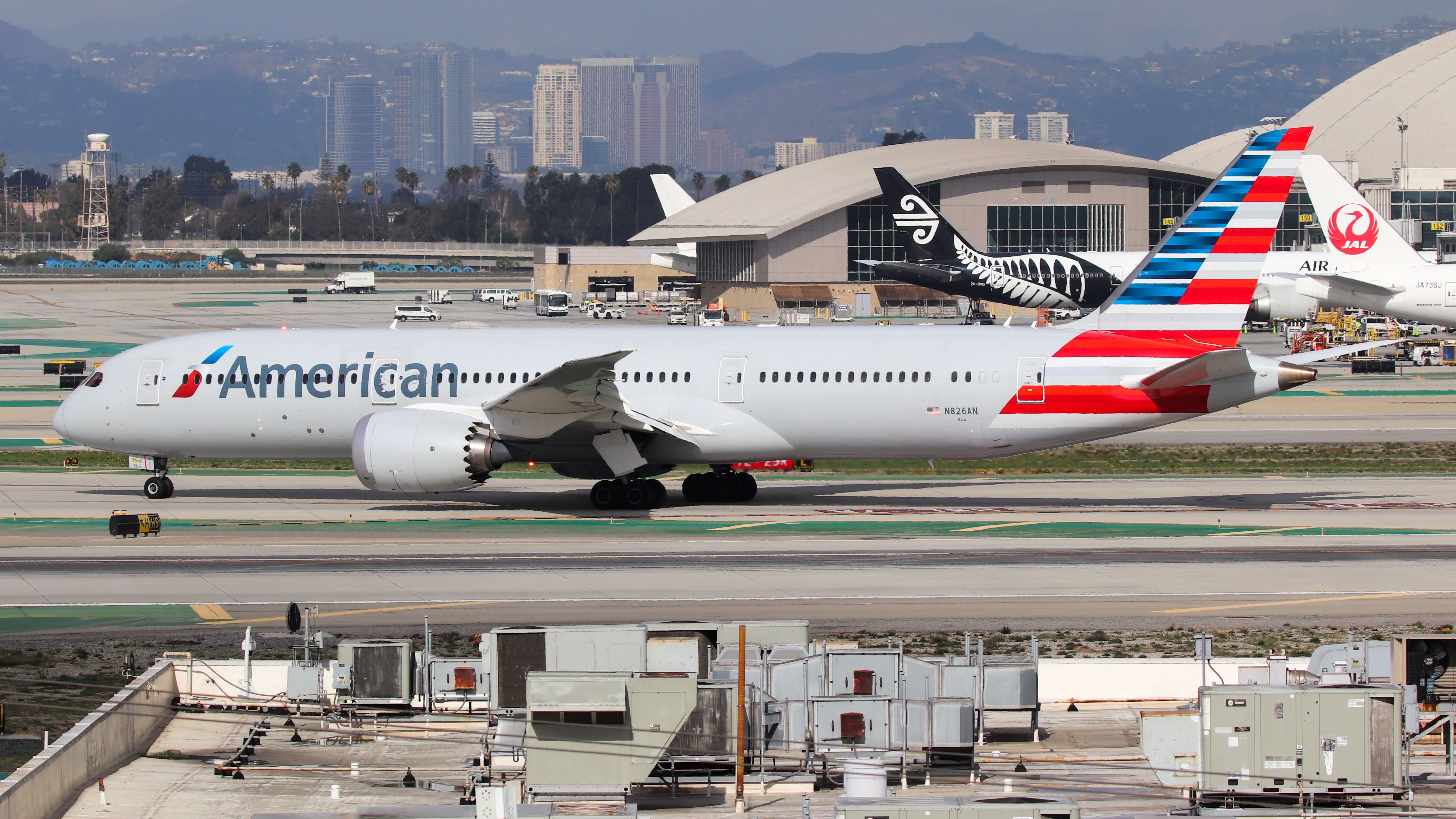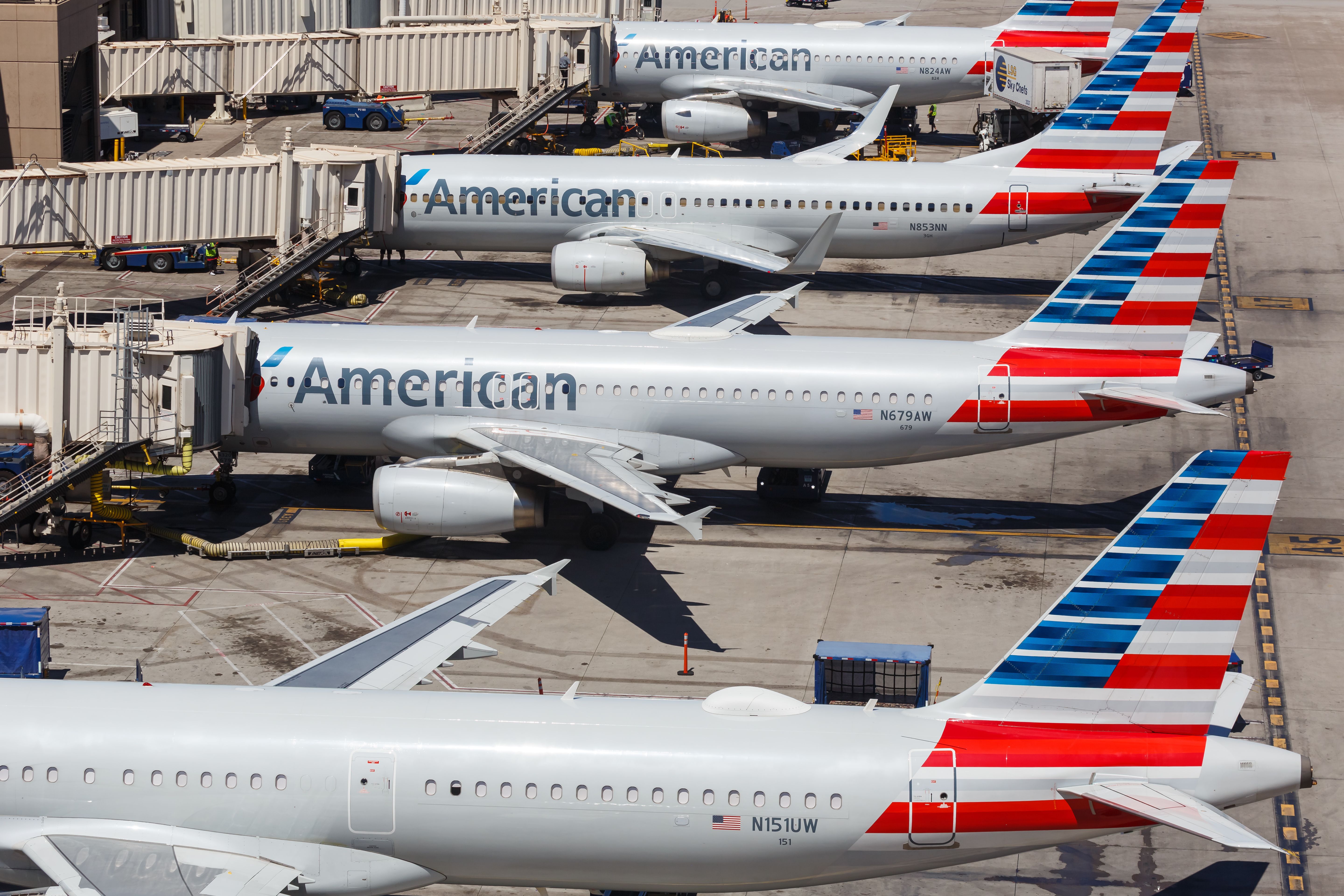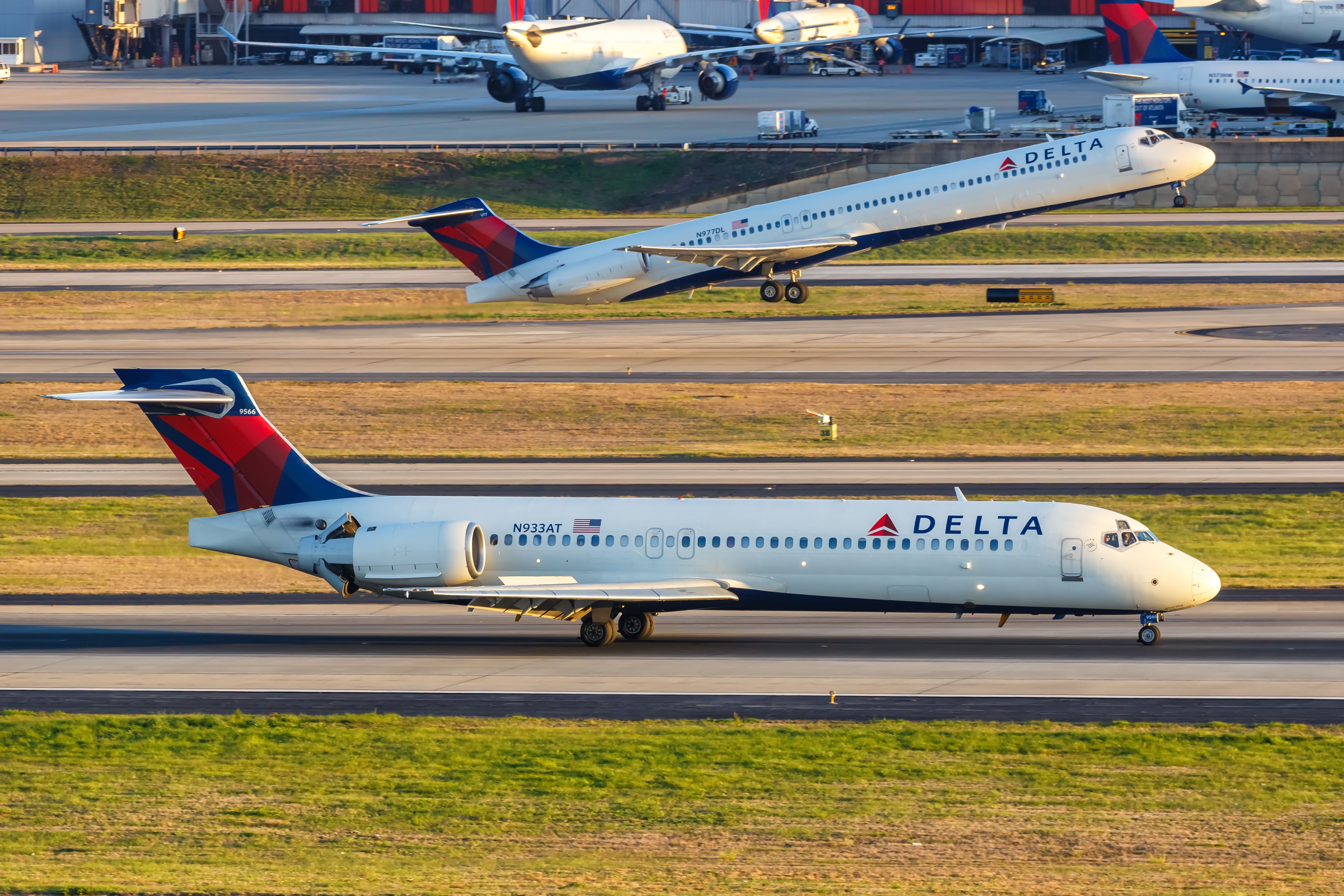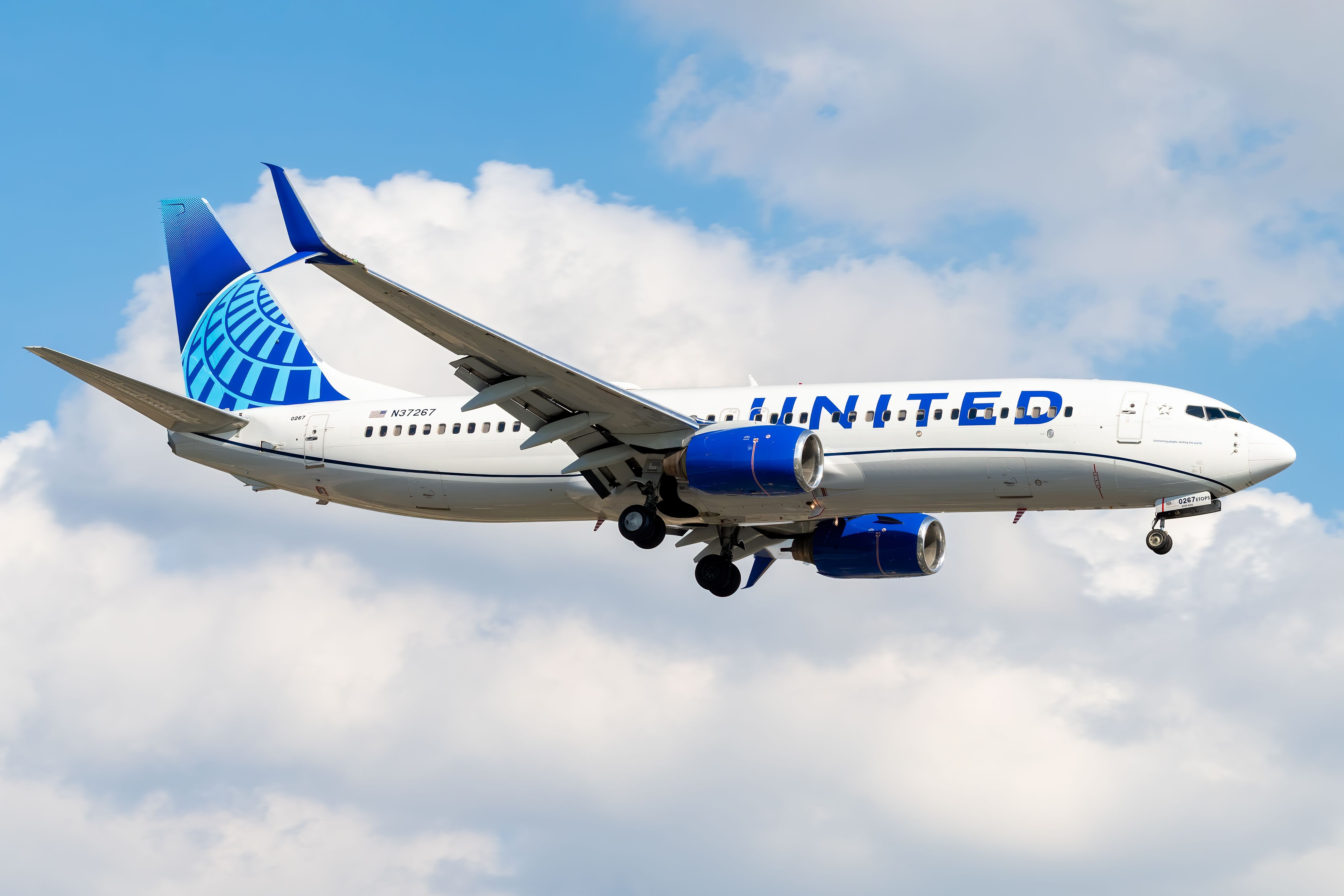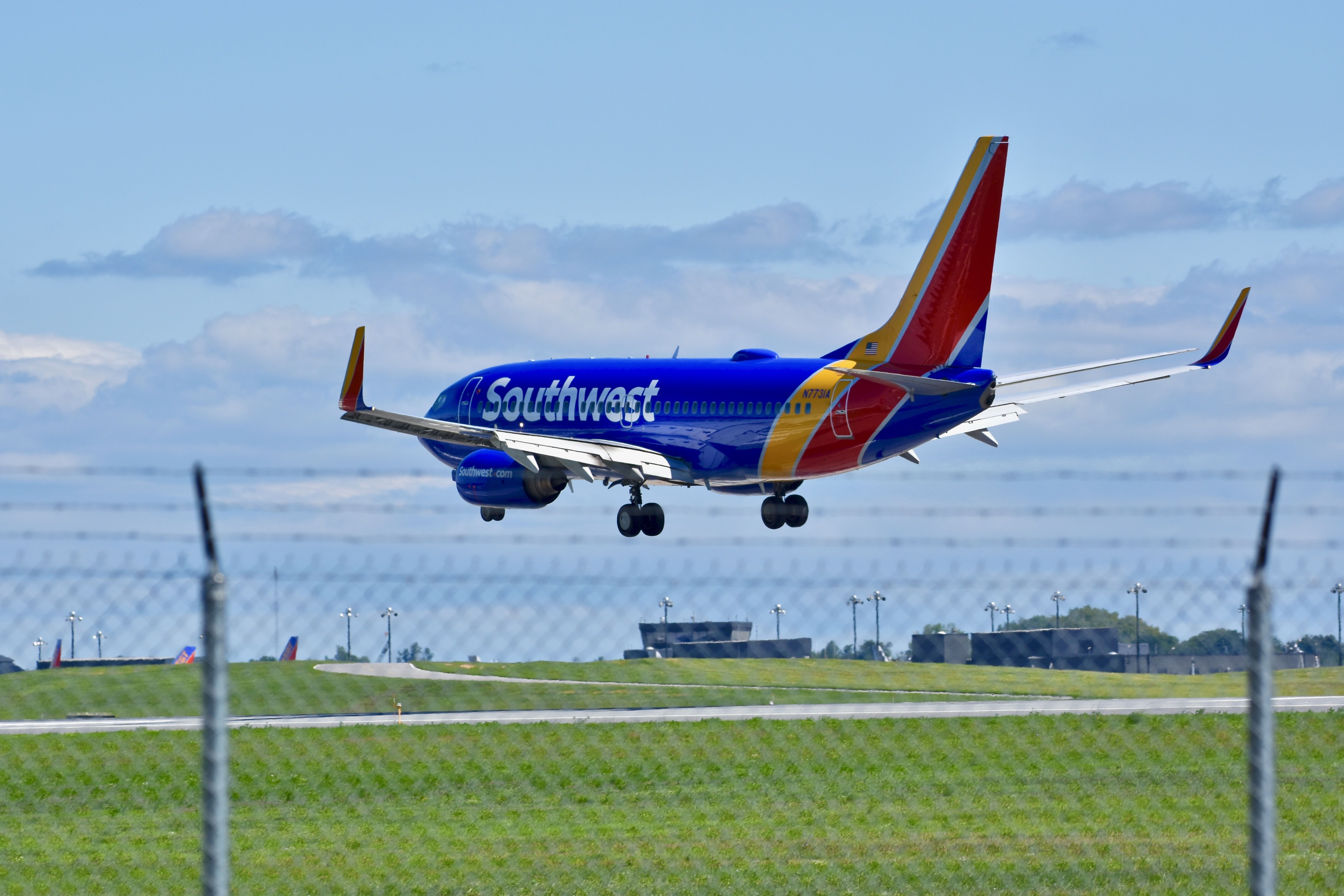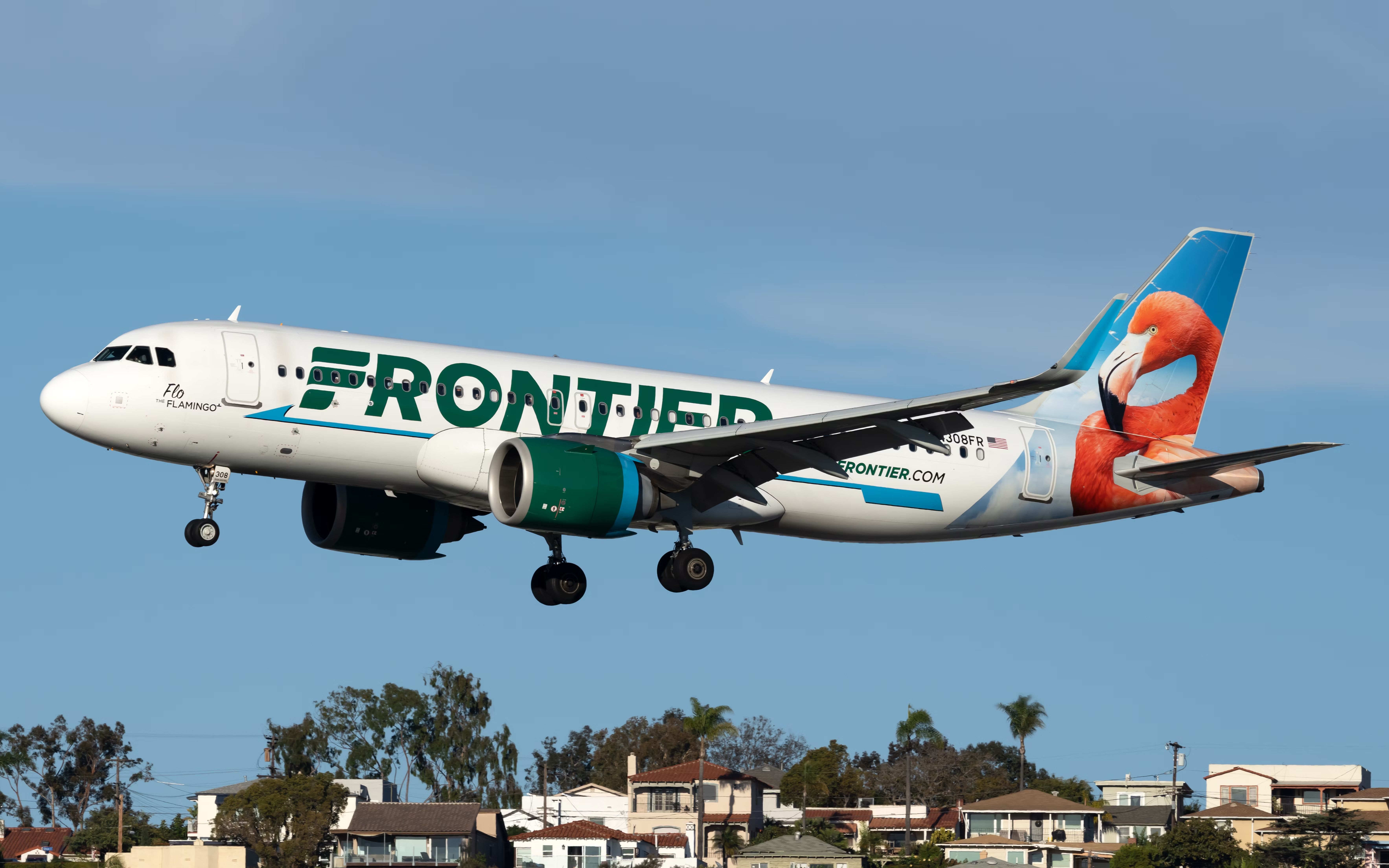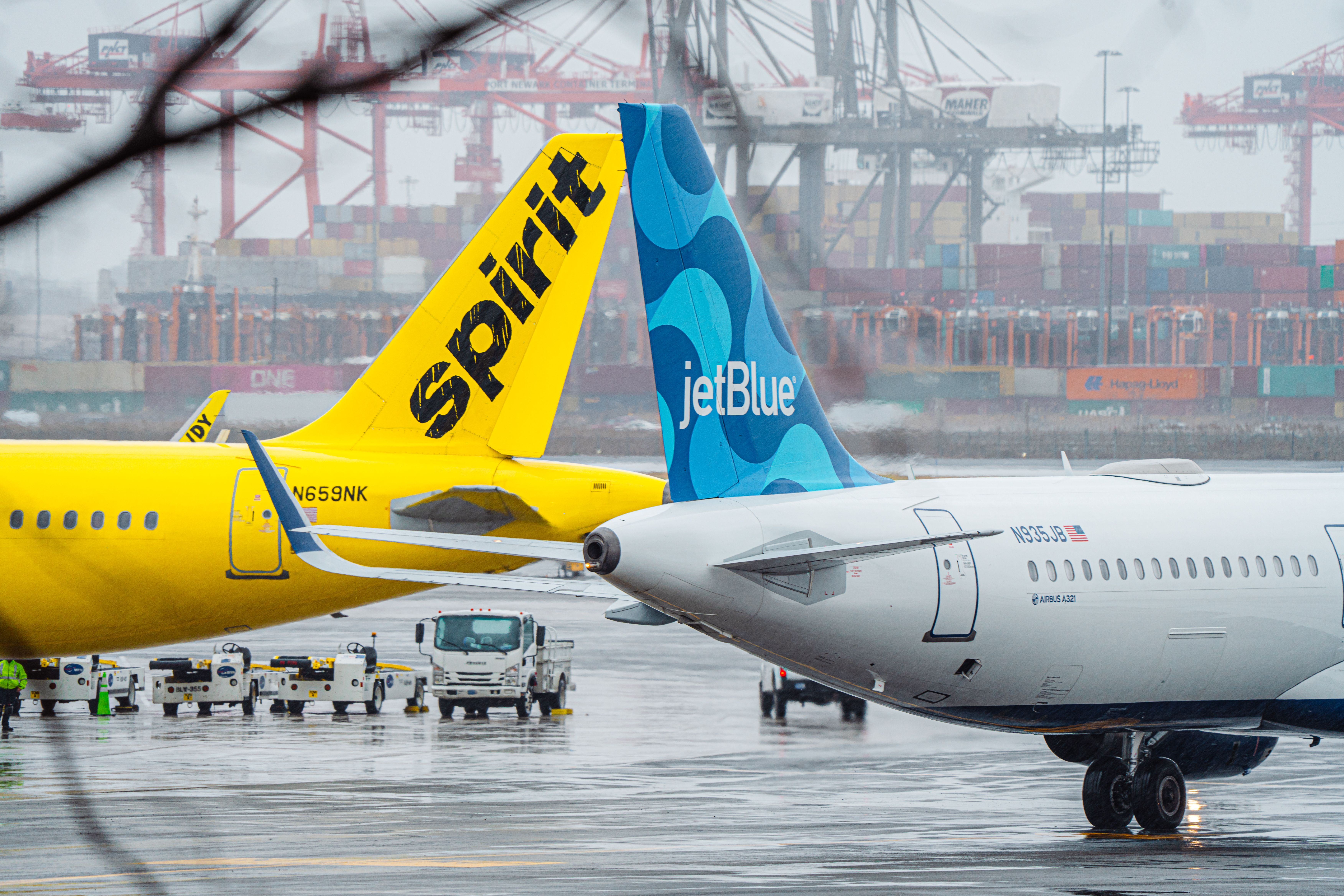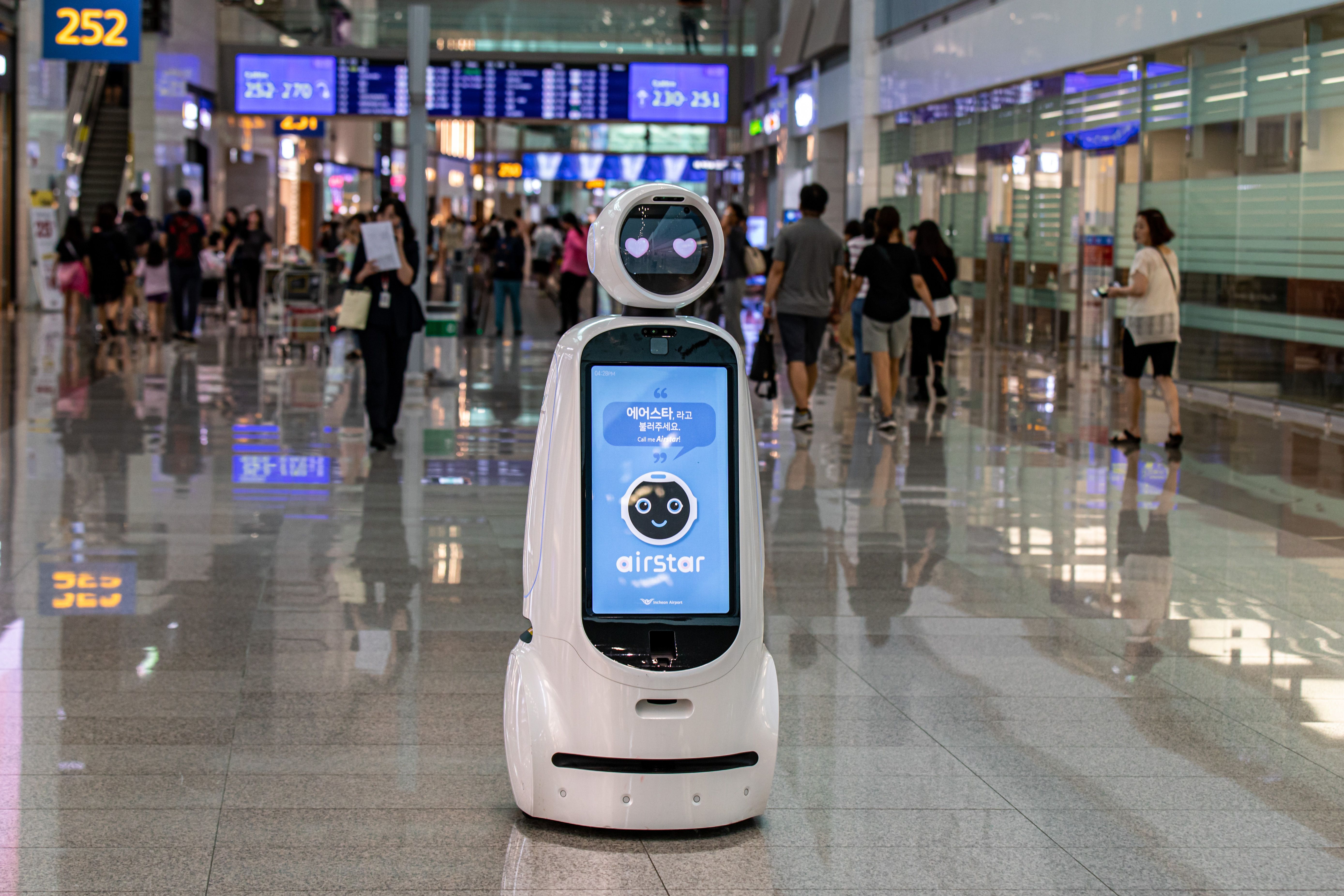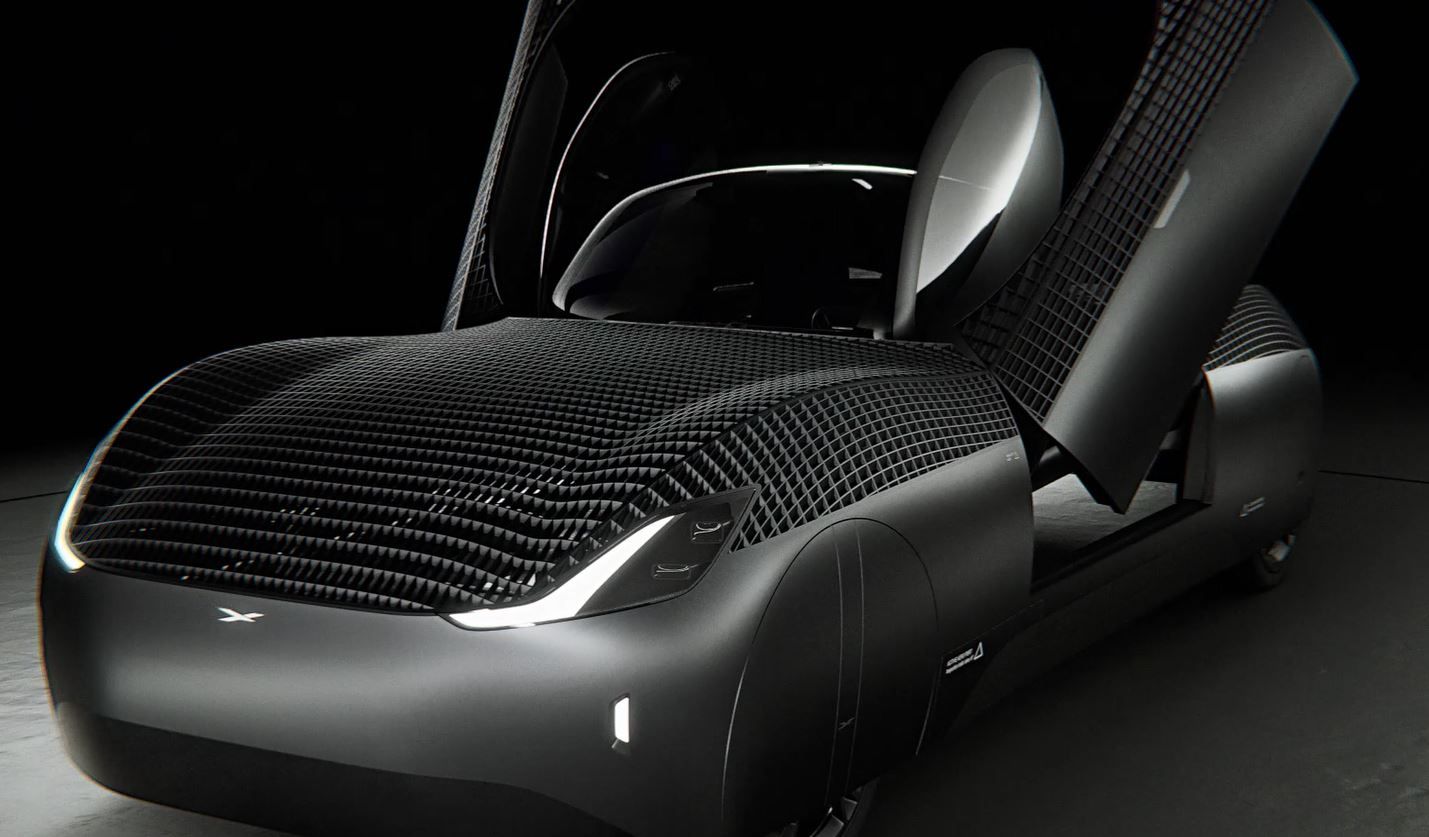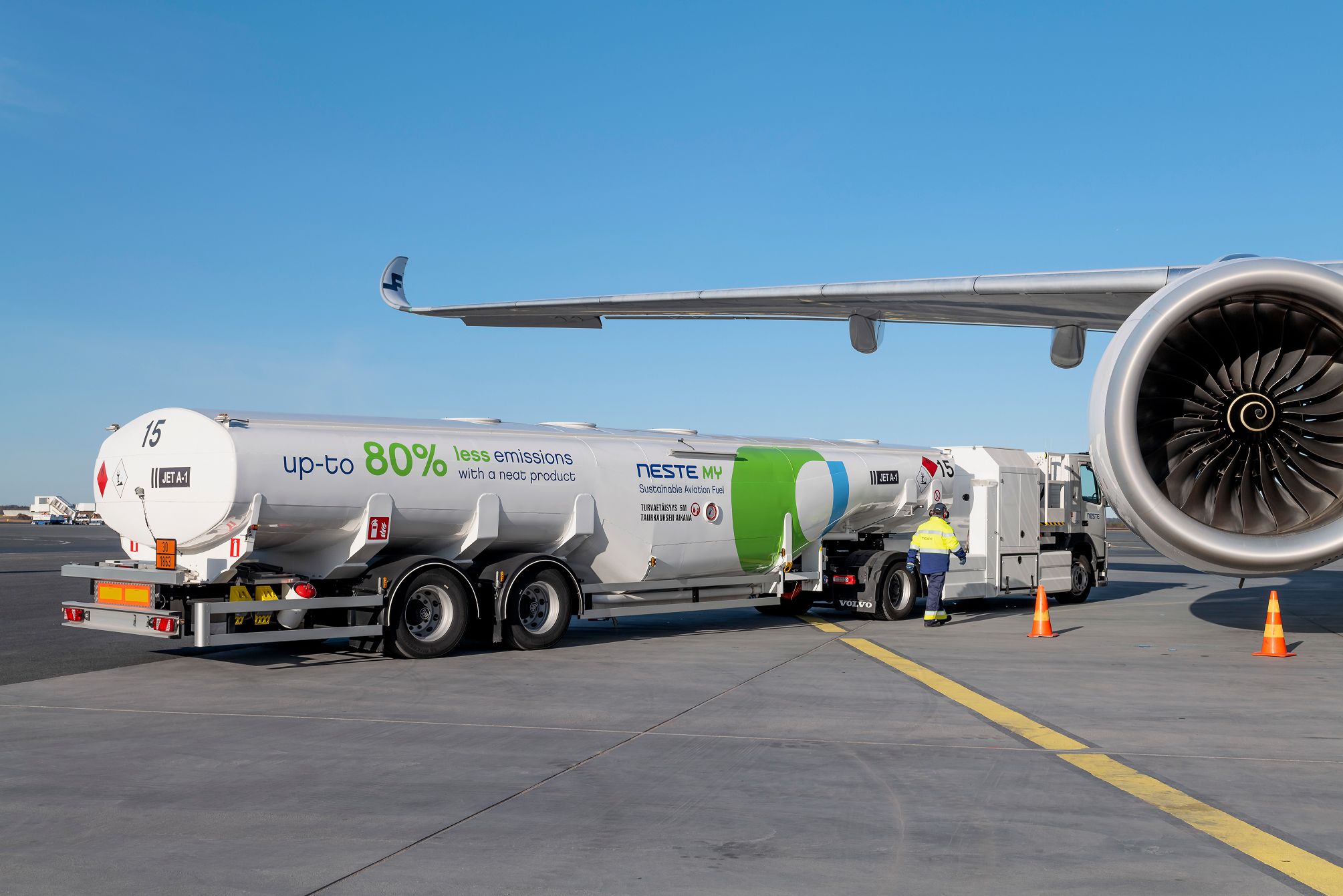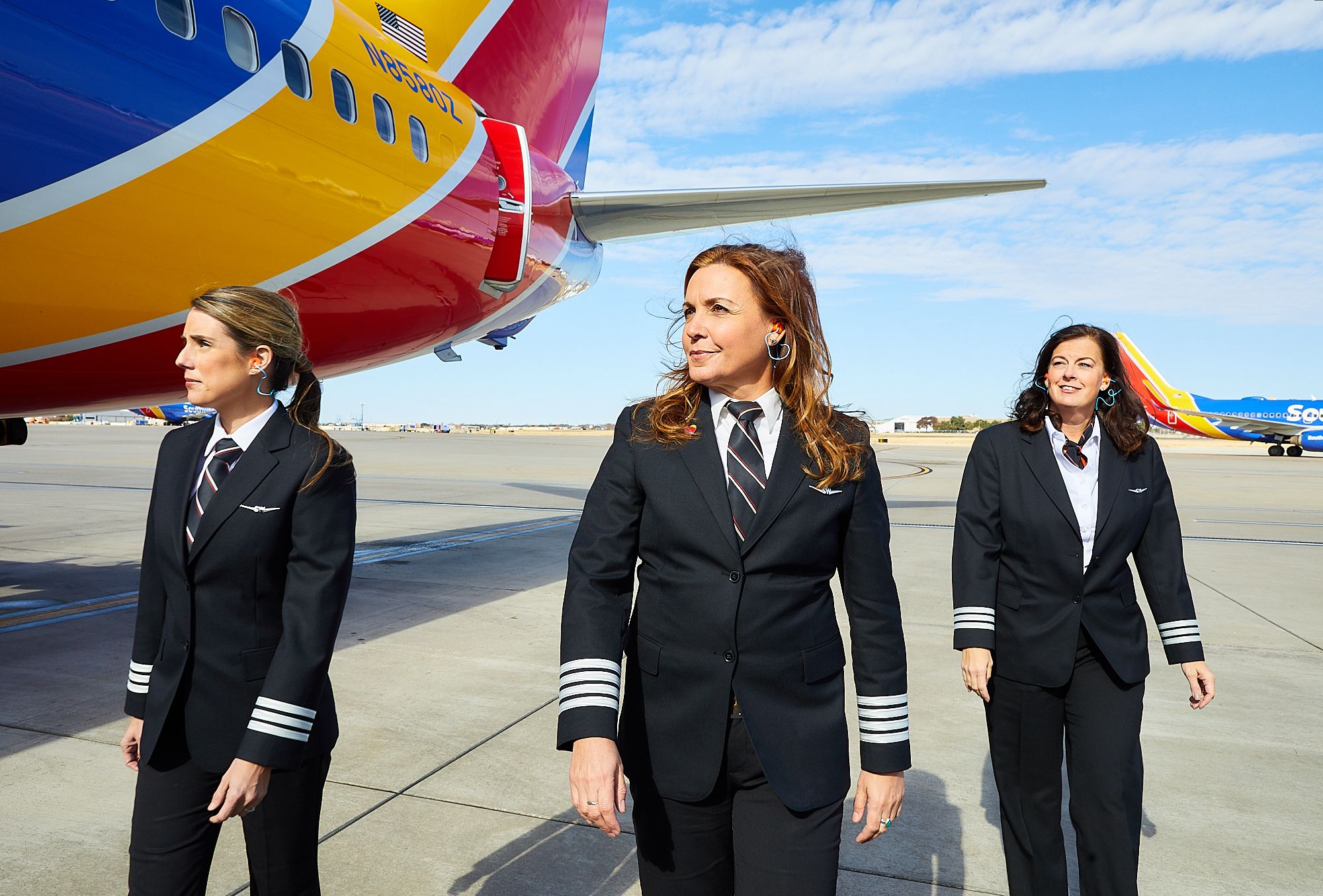The United States has one of the largest air transport markets in the world, with an average of 45,000 flights per day. With over 29 million square miles of Airspace, the Federal Aviation Authority (FAA) reported handling over 10 million scheduled passenger flights annually. Meanwhile, at least 5,400 aircraft are in the sky at peak operational times.
Additionally, the US is home to the four largest carriers by aircraft capacity, which are also among the biggest employers in the airline industry. With global passenger traffic expected to increase over the next two decades, let us analyze what American Aviation will look like in 2050.
American Airlines, Delta Air Lines, United Airlines, and Southwest Airlines are the largest US carriers. Statistics for American, Delta, and United do not include their regional carriers, which rival the fleet size of many international airlines and serve both high-demand and low-demand cities. Let's look at airline fleet development.
American Airlines
American Airlines has over 1,000 aircraft ranging from the Airbus A320 family to the Boeing 737 MAX in the narrowbody category. It also has various widebody aircraft, ranging from the A330 to the B777 and B787.
AA has been refreshing its fleet recently, replacing its ERJ 190s, B757s, and older B737s with newer, more efficient models like the A321neos and B737 MAX. The carrier has over 150 aircraft still to be delivered, including 50 orders for the A321XLR.
American also has about 30 787s still to be delivered. This large widebody order represents remarkable expansion and a partial fleet simplification strategy as its A330s and 767s will be replaced. Undoubtedly, some of the large numbers of aircraft American Airlines has on order will significantly boost capacity.
Although its largest hub is at Dallas Fort Worth Airport (DFW), American Airlines also has significant operations in Charlotte, Chicago, Los Angeles, Miami, New York, Philadelphia, Phoenix, and Washington DC's smaller Reagan National. American has specifically grown out of Miami, Philadelphia, Phoenix, Charlotte, and Chicago in recent years.
Get all the latest aviation news for North America here
Delta Air Lines
Delta Air Lines operates over 950 aircraft. Previously an all-Boeing airline, Delta has found a recent appreciation for Airbus. Delta flies A220s, A320s, A330s, A350s, 717s, 737s, 757s, 767s, and 777s. As the carrier continues to invest in more aircraft, it may operate the largest fleet in the future. It currently has 120 orders for the A321XLR, expected to enter service in 2024.
Delta does a few things remarkably well for a large airline and is known for running an excellent operation. In 2022, it was the most on-time American carrier, with a performance of 81.79%. In addition, Delta has a knack for technology in the cabin. They have maintained aircraft seatback screens while offering free in-flight messaging and WiFi.
You can expect increased consistency in the future with onboard Delta One products. More aircraft will be outfitted with Delta One suites as Delta retrofits 777s and takes delivery of more A330neos and A350s. The carrier has also tailored its services, like in-flight menus and entertainment, to meet the needs of its international customers.
United Airlines
United Airlines has just over 900 aircraft consisting of A319s, A320s, B737s, B757s, B767s, B777s, and B787s. Additionally, it has over 600 aircraft still to be delivered, including A321XLRs, A350s, B737 MAXs, and B787-9s. These fleet developments paint a picture of an American air transport market with modern and diverse equipment.
United comparatively places a slightly larger focus on premium passengers, consistently offering sizable business class cabins. Thanks to the relatively large number of Polaris seats on their planes, United offers elites better chances at an upgrade. Furthermore, United has one of the best lounge offerings for international premium passengers.
Another thing United does exceptionally well is offer a genuinely global route network. United flies some ultra-long-haul routes, such as Los Angeles to Sydney and San Francisco to Singapore. It also added a long-haul route to Cape Town, which should be on every globetrotter's list.
On the other hand, United Airlines doesn't have the best publicity. From some of the most restrictive basic economy standards to customer service and staff issues, United needs to improve its public image. The 700 new planes it expects to add in the next ten years will have seatback screens, in-seat power, and wireless Bluetooth connections.
Southwest Airlines
Southwest Airlines carries the most domestic passengers of any airline in the United States. With lower costs, a generous bag allowance, and a solid domestic and short-haul international route network, it is no secret why many passengers love Southwest. It has a simplified fleet of over 800 aircraft, all Boeing 737s. It is also expecting delivery of over 300 aircraft over the coming years.
With new aircraft technology, narrowbody planes are flying farther than before. Many airlines have ordered narrowbodies with extended ranges and wider cabins. Single aisles are expected to make up 64% of the global fleet by 2032 and maybe even more by 2050.
Looking forward, Southwest Airlines is expected to keep passengers flying with them. Should they offer longer-haul, low-cost flying, chances are they could shake up the market. Who knows, maybe Southwest could order widebody aircraft one day? Although it seems highly unlikely.
Low-cost carriers
The United States already has the world's biggest low-cost carrier, Southwest, but JetBlue, Frontier, and Spirit also run a noteworthy operation. The global low-cost carrier market is expected to see a five-year growth of $248 billion, and the US can benefit from this. Spirit and Frontier are two significant players in the ultra-low-cost leisure markets and run similar operations. In terms of competition, Frontier and Spirit only compete with full-service carriers in terms of offering low fares.
In addition to the aforementioned carriers, the United States will likely see growth from new entrants like Breeze Airways. Only commencing operations in May 2021, it targets markets underserved by larger players. Furthermore, there are plenty of markets where new competition will benefit consumers with lower prices and additional capacity.
In terms of consolidation, it is improbable that full-service carriers will merge as opposed to low-cost carriers. The logistics of coordinating a merger with two 700+ aircraft airlines and their massive operations would be a challenge the industry has never seen before. In addition, the costs of a merger would spook many shareholders.
Any consolidation in the US will likely take place on the other side of the market, for example, the proposed merger between JetBlue and Spirit. Although the DOJ stopped the deal, JetBlue expects it to be completed in the first half of 2024, and the carrier has even decided to end its alliance with AA to ensure the deal goes through.
Technology
Modern technology's development has significantly changed how airlines and airports are run. The latest trends present infinite opportunities, and with airports, in particular, innovation will undoubtedly transform the future of aviation. In 2023, we have already started to see the widespread use of Artificial Intelligence and smart systems, so what will things look like in the next 25 years?
With contactless check-in and biometric processing systems, smart airports have been developed to enhance the passenger experience and the processing of people and goods that pass through them. The North American Smart Airport market is expected to reach $836 million by 2028 and may double by 2040. We will likely see the prevalence of robotic and autonomous systems in passenger assistance and airport navigation.
A future with flying cars is also worth considering. For generations, the concept of automobiles capable of traveling by road and air was just a fairytale. However, the world has never been closer to realizing the possibilities of flying cars. In July 2023, the FAA issued a special airworthiness certificate for the research and development of Alef Automotive's "flying car."
The $300,000 vehicle will be drivable on public roads, with a range of 200 mi, and has vertical takeoff capabilities, with a flying range of 110 mi. Another vehicle, known as the AirCar, has retractable wings and can convert from a car to an aircraft in seconds. It is already certified in Slovakia and hopes to enter the US market soon. Although much still needs to be done before we see an industry with flying cars, the possibility cannot be ruled out.
We should also expect many new aircraft models to enter service by 2050, notably electric and hydrogen-powered aircraft. The sad truth is that we will see the retirement of the jumbos (A380 and B747), making way for the smaller models. The much-awaited 737 MAX 10 and A321XLR will be introduced sooner. A new aircraft, the COMAC C919, recently entered commercial service but might take a while before entering the US market.
Sustainability
In addition to enhancing technology, the aviation industry is moving towards implementing greener solutions to reduce the impact of aviation on the environment. The main target is to achieve net-zero emissions by 2050 by using Sustainable Aviation Fuel (SAF), carbon offsetting, and acquiring modern aircraft.
With these targets, airlines, airports, OEMs, and various stakeholders have already changed how they operate. Boeing bet that SAF will carry the world to net zero and intends to make its new aircraft 100% SAF-compatible by 2030. SAF production in the US already reached 15.8 million gallons in 2022.
While this only contributed less than 0.1% of total fuel used, it could be produced on a much larger scale in the next two decades. Other measures have also been implemented to ensure a greener future, including recycling and using organic materials in manufacturing.
Airlines like Delta have started to collect plastic waste from oceans and the environment to recycle and produce amenity kits. Airports like Los Angeles International (LAX) have banned the sale of single-use plastic water bottles. Several entities have comprehensive sustainability programs, so if the entire industry comes to play, the future of American aviation will be very green.
Aviation professionals
According to a recent study by CAE, North America needs about 300,000 new aviation talent over the next ten years. This includes 116,000 cabin crew, 90,000 aircraft technicians, and 63,000 pilots. Knowing that retirement and attrition will increase over time, more fresh and innovative minds will join the aviation industry.
There is also a drive to increase diversity in various markets. Several airlines have signed up for IATA's 25by2025 initiative, which aims to improve female representation in the aviation industry by at least 25% by 2025. Over the next 20 years, we will probably see a greater gender balance and more women in top positions.
Since we can't predict the future, we can only look at trajectories and examine trends in the industry. In 2050, the United States will still be one of the most important aviation markets in the world. We hope the American aviation market remains robust for many years!
What do you think the future of American aviation looks like? Let us know in the comments.

